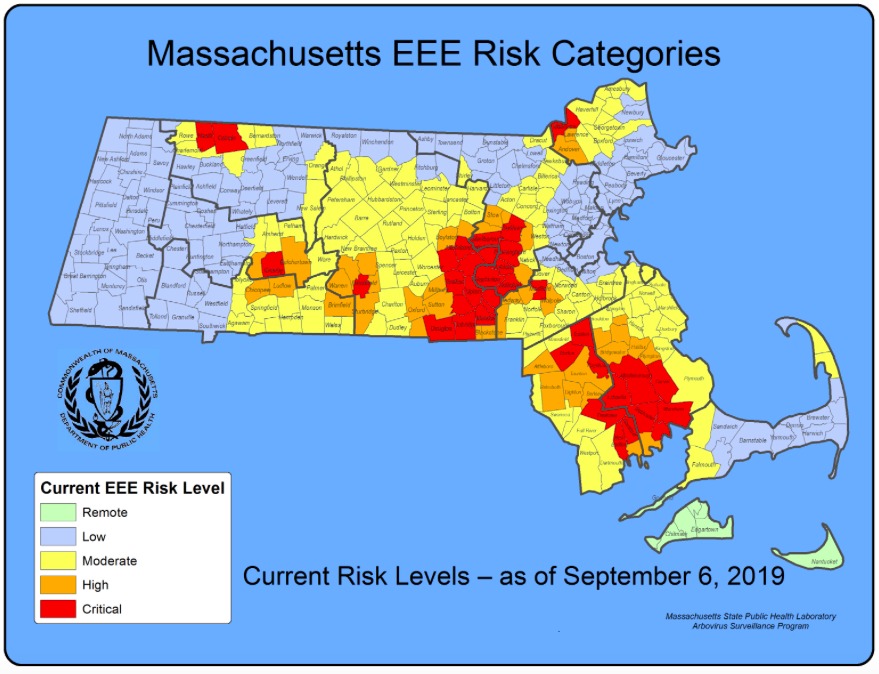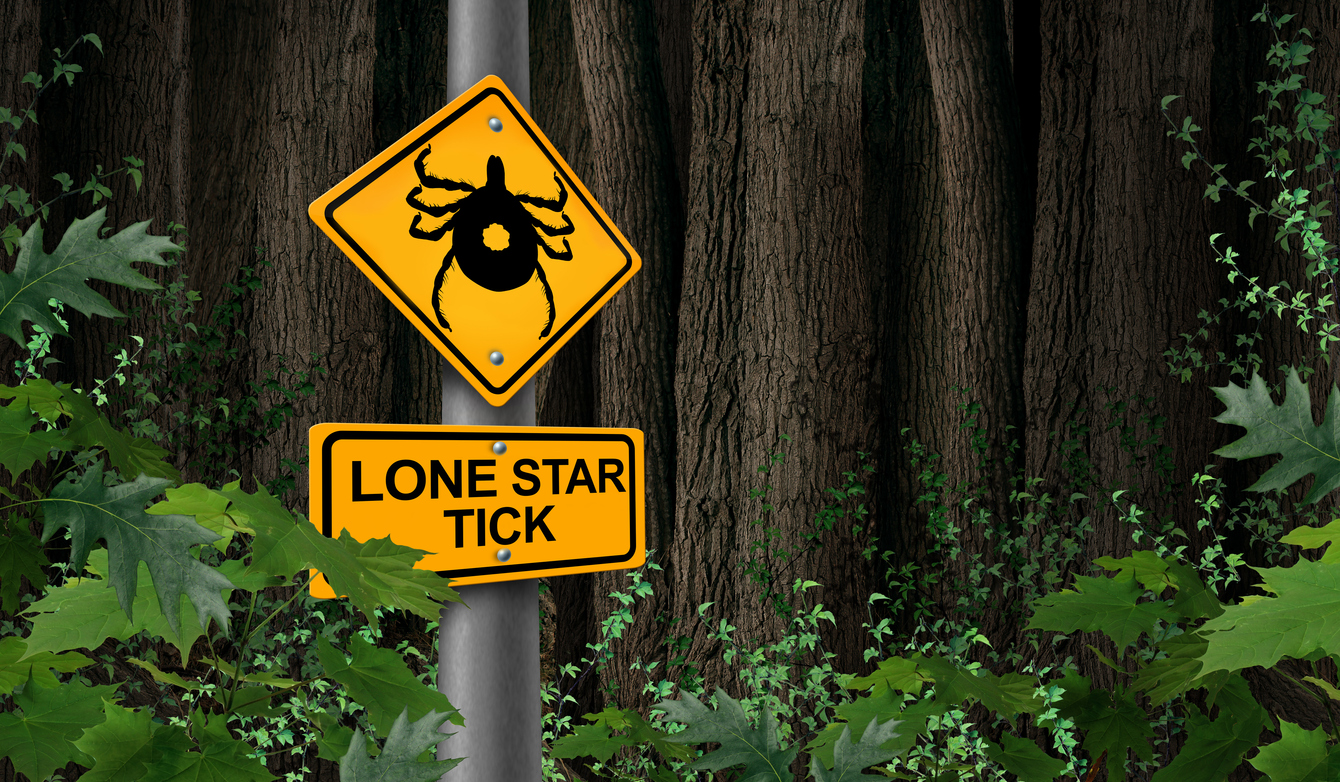Insecticide Spraying Scheduled to Control Triple E Virus
September 8, 2019
Eastern equine encephalitis (EEE) kills about 40 percent of humans who become infected, according to the Centers for Disease Control and Prevention. A third of those afflicted suffer permanent neurological damage. The rest recover with little or no long-term health effects.
This year one human case of EEE has been reported in Rhode Island, on Aug. 30. The West Warwick resident died Sept. 8, the state’s first fatal human EEE case since 2007, according to the Rhode Island Department of Health.
Seven people have been infected in Massachusetts. A resident of Fairhaven, Mass., died from the virus in mid-August.
The virus is transmitted by mosquitoes and is prevalent along the East Coast, but the virus is most common in the freshwater swamps of Florida and southeastern Massachusetts, where mosquitoes breed in large numbers.
Although the virus is always present, it spreads in late summer and early fall. The threat subsides after the first frost kills off much of the mosquito population.
The pesticide Anvil 10+10 is the preferred insecticide used to kill mosquitoes. Spray trucks and aerial misting are the most common methods for releasing the chemical. Each treatment creates a fog of droplets that attach to and kill insects.
Anvil poses few short-term health risks to humans, but the poison can last up to two months in soil. It’s highly toxic to freshwater fish, invertebrates, amphibians, and other insects such as honeybees.
Most applications occur at night and in the early morning, when bees, with the exception of certain species, are dormant inside their hives. A recent story by WBUR in Boston noted that some beekeepers put wet sheets over their hives to reduce pesticide exposure.
Anvil has two primary ingredients: sumithrin and piperonyl butoxide. Sumithrin, or d-phenothrin, is a general-purpose pesticide used indoors to kill ants; in shampoos to treat head lice; and on pets to kills fleas and ticks. Piperonyl butoxide is a petroleum solvent similar to paint thinner and kerosene. It’s unclear if Anvil is an endocrine disruptor. Experimental studies have found that high exposure to piperonyl butoxide causes liver tumors in rats and mice.
The Environmental Protection Agency (EPA) doesn’t consider Anvil toxic to plants.
Due to the infrequency of treatment and the fact that Anvil breaks down quickly in sunlight and water, human health effects are considered rare. Although no studies have been done to determine if Anvil causes any long-term human health impacts.
Short-term exposure can impact the nervous system, causing a loss of coordination, tremors or tingling, and numbness on the skin. Anvil can irritate the eyes, skin, nose, throat, or lungs. Increased exposure can trigger vomiting and depression.
Children are at greater risk than adults to health effects. In communities where applications are occurring, people and pets should stay indoors during treatment. Windows and doors should be closed and air conditioners turned off.
Organic farmers are exempt from the aerial spraying. Homegrown fruits and vegetables should be rinsed in water after an application.
Other than organic farms, open bodies of water, such as reservoirs, some coastal areas, and unpopulated natural areas will be excluded from spraying.

Aerial spraying in Rode Island is scheduled to commence at dusk on Sept. 8, and concentrate on four regions: northern Rhode Island, Central Falls, Westerly, and West Warwick. If needed, the treatment will continue on Sept. 9.
In all, 110,000 acres in portions of 21 communities in Rhode Island will be treated. Some of the areas abut portions of Massachusetts where EEE has been detected.
On Sept. 5, Rhode Island dispersed larvicide pellets in “swampy areas” near Central Falls and in Westerly and West Warwick. Granules of Bti, a naturally occurring bacterium, were dispersed by helicopter. According to the EPA, Bti is not a risk to humans. Bti produces toxins that target the larvae of mosquitoes, black flies, and fungus gnats. These toxins don’t harm other insects such as honeybees. Bti is approved for pest control in organic farming.




"Anvil poses few short-term health risks to humans, but the poison can last up to two months in soil. It’s highly toxic to freshwater fish, invertebrates, amphibians, and other insects such as honeybees." This seems like an unbelievably stupid thing to engage in. Every time we try to ‘manage’ wildlife we have proven that we usually make things worse, and often for ourselves. Did we kill one trargeted mosquito out of the billions of mosquitoes in this state?
Do we want to eat the fish that have been poisoned?…walk our dogs over toxic soil? …see other wildlife harmed by eating poisoned insects? ..do we fully accept that we have indiscriminately sprayed whole forests and poisoned many living things other than mosquitoes? Where human beings go…it is often an outrage.